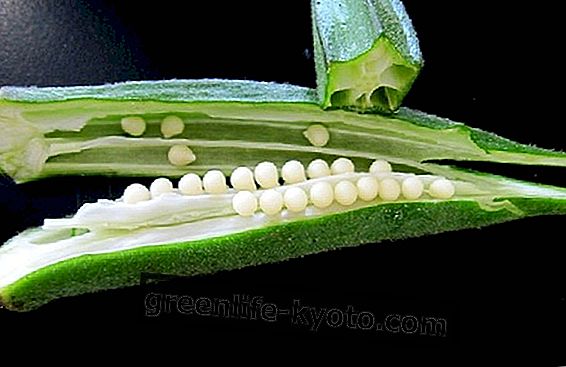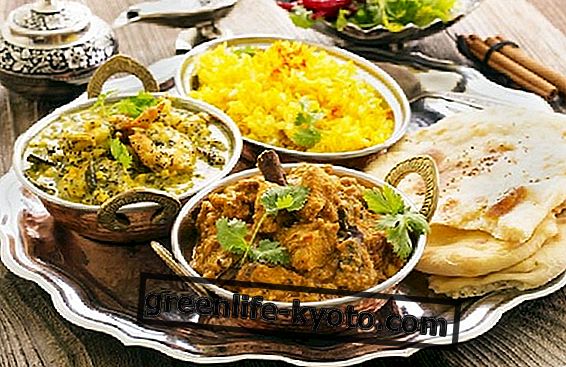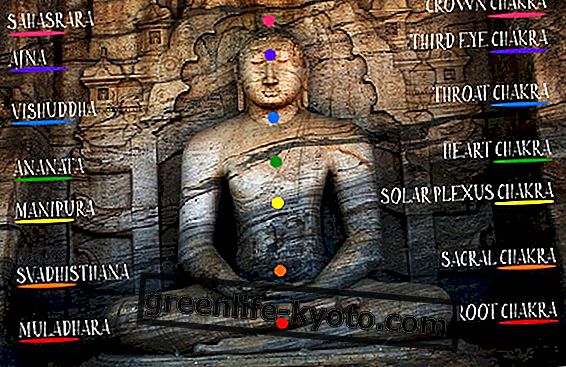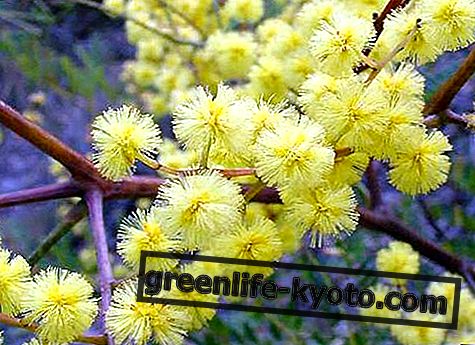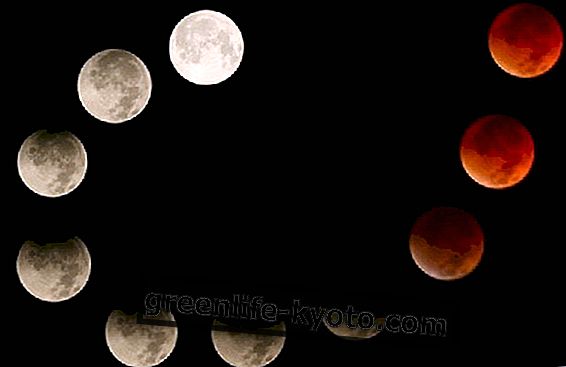
Wu Xing, often translated as 'Five Elements', actually means five different phases of 'energy', or Qi / Chi .
In the translation Wu means 'five' while Xing is the abbreviation of Liu Zhong Wu Xing Ahi Who translated means 'five types of dominant chi at different times' - date, time, season and so on. The theory of five phases of Qi is the basis of Chinese metaphysics, including Feng Shui. We find it in the five Chinese arts that are Shan, Yi, Ming, Bu and Xian .
The five types of Qi take their name from the surrounding nature and are called: Wood, Fire, Earth, Metal and Water, with their yin or yang qualities. Each element is associated with specific characteristics such as shape, color, number, direction, sound, organ, body part, food and so on. An element also corresponds to each trigram.
Qi is never static. The various energies of the objects continuously interact with each other, giving life to the various cycles. Some elements relate to each other in a constructive way, creating the production cycle. Others create the reductive cycle, the control cycle or the destructive cycle.
Here is the outline of the various cycles:
The 5-element Feng Shui theory
The purpose of Feng Shui is therefore to find / create the harmony of our space based on this theory.
When the energies present are balanced between them, harmony is created. When there is the prevalence of one or more energies, the environment is unbalanced and we can use the various cycles to restore harmony to our environment.
MondoFengShui by Andrea K.
Professional Feng Shui Services and Consultancy
